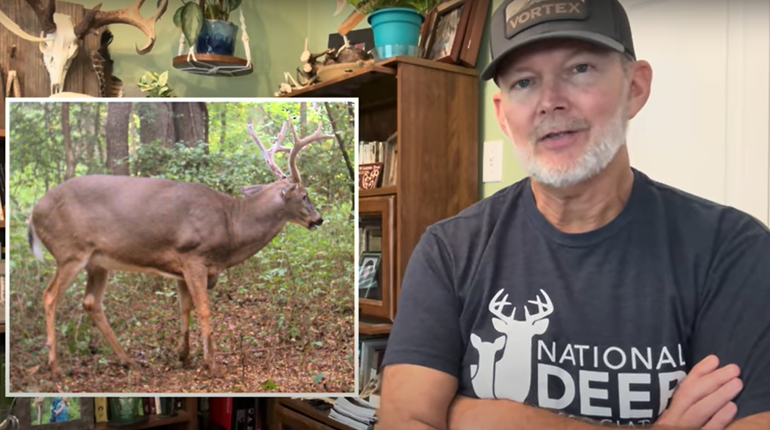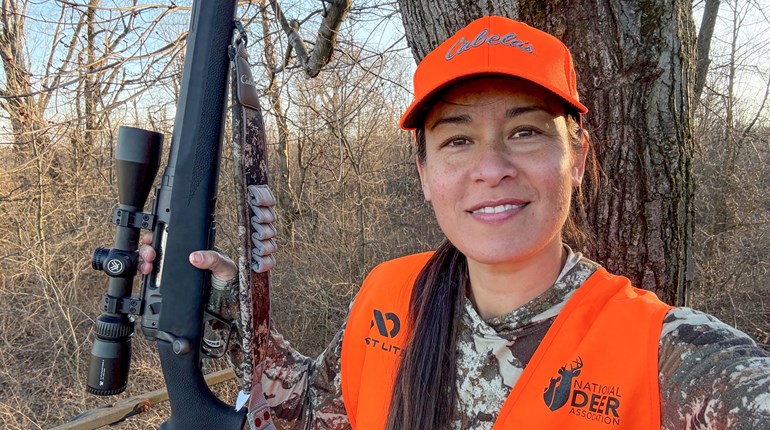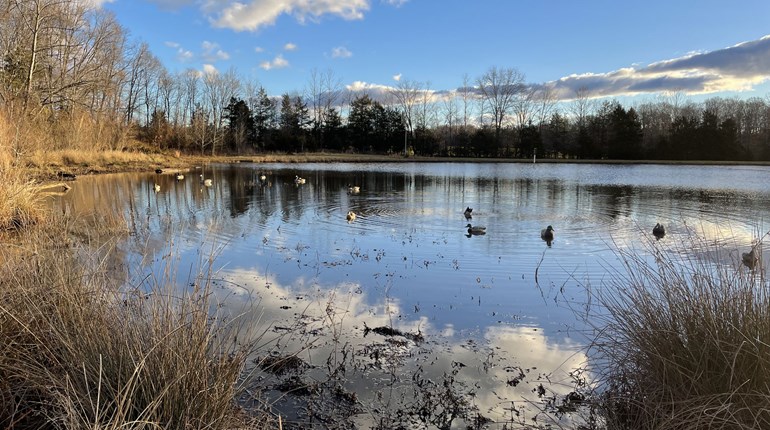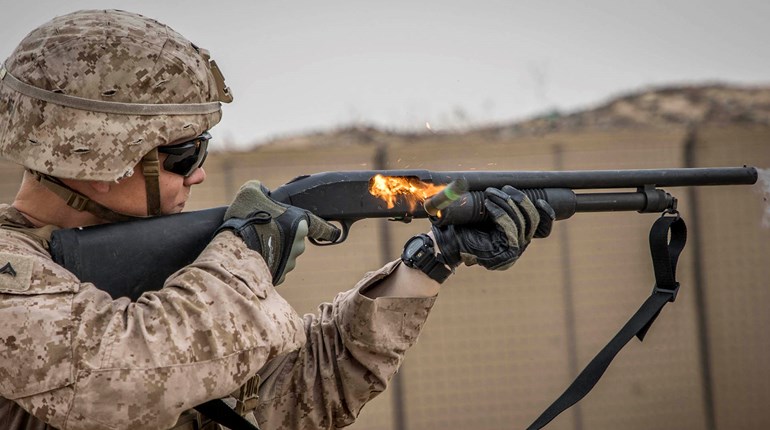"There are old bucks, and there are bold bucks, but there are no old, bold bucks." That's a deer-hunter's axiom, and there aren't many exceptions. It's actually quite rare for male whitetail bucks to reach their biological maximum age in the wild. That's due to many factors: disease, hunger, battle damage from other bucks, predation, and hunting, to name a few. That's why most free-range deer hunters won't ever see a truly ancient whitetail buck, let alone get to tag one ... the bucks that are smart enough to get old are also smart enough to stay well away from people.
All that said, truly ancient bucks do exist in the wild. By "old," we generally mean animals that are past their genetic prime, which tends to happen at around 7 1/2 years. After that time, it's possible for them to live until as old as 15 years (and in captivity, up to 23). So how can you tell if you have an antiquated whitetail on your trail cam?
According to this terrific video from the National Deer Association (we recommend giving them a follow!), you're actually looking for the same things you'd see in an older human ... just in a horizontal arrangement. Yes, old whitetails develop paunches and neck wrinkles in the same way people do. You'll get to observe 10 superannuated whitetails as the expert walks you through what you're looking for (and why). The NDA even has some suggestions for what you should do if you do have the luck and skill to harvest one of these "old men of the forest" that will boost conservation and your memories of the hunt. Watch to the end to see what they are!


























